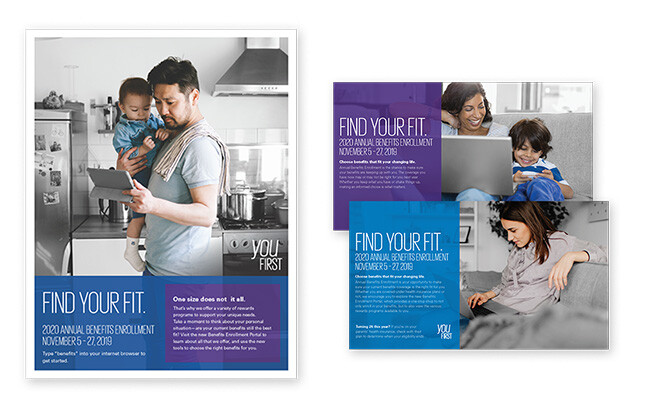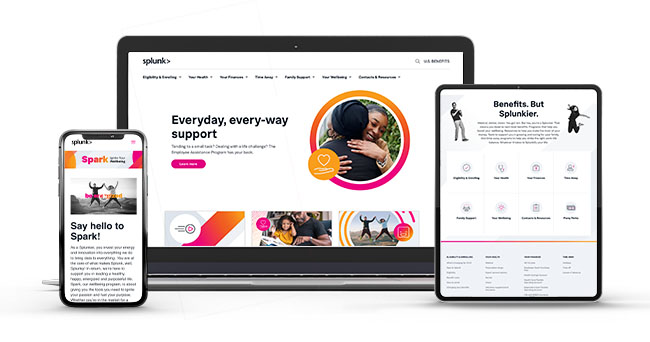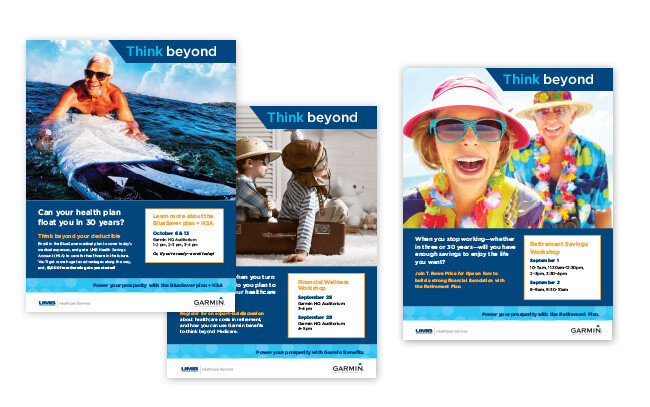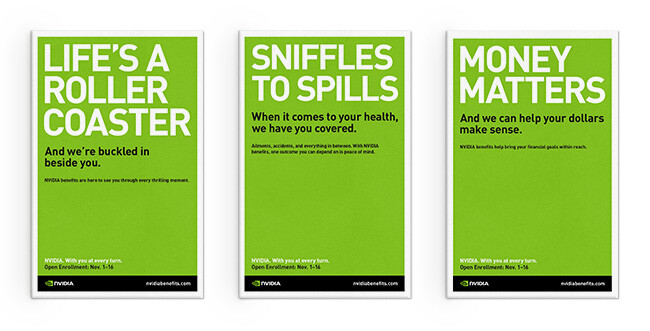
3 Marketing Techniques That Will Increase Employee Engagement
Iconic marketers create memorable campaigns that elevate awareness and demand for their brands. They achieve this by inspiring and motivating consumers and by creating messages that are relevant and address consumer needs.
Think about some of the great brand campaigns you grew up with.
Nike’s Just Do It campaign has endured for 35 years, inspiring generations of people. The campaign remains relevant today, encompassing the brand’s philosophy of strength, grit, and perseverance.
Dove’s Real Beauty campaign, launched after three years of creative strategic research, shifted the brand’s marketing from a product focus to a consumer focus. Dove redefined beauty and encouraged women and girls to embrace their bodies and imperfections through awe-inspiring photography and powerful words.
The Share a Coke campaign targeted teens and millennials. Research indicated that the target market felt disconnected from the brand. The solution? Allow consumers to personalize bottles of Coke and share them with friends and loved ones—creating a very relevant consumer experience.
So, what connection do these campaigns have with HR organizations trying to communicate with their people? Can HR professionals model their communications after iconic brands like Nike, Dove, and Coke to get employees and dependents to seek preventive care, save more for retirement, make their mental health a priority, and engage in wellness programs? Absolutely!
Here Are 3 Things That Good Marketers Do That HR Communicators Can Mimic
1. Conduct employee research.
It’s so much easier to communicate with your people if you understand what motivates them, what’s important to them (how they think and feel), and how and when they like to receive communications. Be sure your communication team has access to employee demographics and geographic information. Consider surveying employees, using traditional online surveys and focus groups. Simple, quick online pulse surveys are easy ways to get frequent, real-time data about how employees think. Even informal check-ins with front-line managers can prove invaluable. Technology has evolved, and you can now anonymously survey thousands of employees concurrently, using online platforms and artificial intelligence. (Talk to us about our Remesh survey solution!)
2. Inspire your people.
Benefits and compensation communications don’t need to be boring and convoluted. The days of distributing word-processed, black and white compliance documents are a thing of the past. To get noticed, you need to stand out from the clutter in our digital world that is dominated by YouTube videos, constant text alerts, filtered ads, and short attention spans. Successful HR organizations create a strong, compelling brand that speaks to—and appeals to—employees and dependents.
Here's a good example of an HR campaign that cut through the clutter with a strong brand and inspiring images and copy.

A multinational professional services organization unifies HR under one brand and one benefits platform.
Segal Benz worked with a global powerhouse in the accounting field to create a unifying HR brand and voice that employees, regardless of their business unit, could easily and quickly identify. Work included executing a visual identity that tied into the organization’s powerful external brand. We also created a new, consolidated website; bite-sized, easy-to-read chunks of content, using a warm, conversational style; and a tagline that emphasizes the “human” in HR and the importance of the organization’s people.
3. Address your employees’ needs.
Just as marketers like Dove had success switching from a product focus to a consumer focus that was driven by the motivations and needs of its target market, HR communicators can do the same.
Undoubtably, your employees want to prevent disease, lose weight, exercise more, manage stress and anxiety, and save for retirement. And you have valuable benefits offerings that can help address all these needs and more.
When promoting your benefits offerings, try appealing to what motivates your people. Instead of saying, “We have XYZ weight-loss program available,” say, “Struggling to lose weight? We can help.”
Instead of saying, “We offer a three-tier medical offering and a high-deductible option,” you could say, “You choose the medical plan that’s best for you. You even have an option that allows you to save for future medical expenses.”
The differences can be subtle but powerful. When you address the needs and motivations of your people, you will be more relevant and have more success engaging and driving desired behaviors.
Here are some great examples of Segal Benz work that effectively cut through the clutter by addressing employees’ needs.

Splunk's benefits website makes it easier for employees to access information anytime, anywhere.

UMB takes a marketing approach to increase HDHP enrollment and HSA contributions.

NVIDIA adopts a bold approach in an epic enrollment campaign with epic results.
For Splunk, a rapidly expanding global data platform, we created a bright and welcoming benefits site that intentionally uses playful, everyday language to promote Splunk’s benefits in a way that resonates with employees (“Benefits. But Splunkier.”). The site is available in the U.S. and the UK, with plans to continue expanding in the future.
Segal Benz also had the honor of helping Lenovo with a wildly successful #lifehacks campaign (followed by #evenmorelifehacks) that focused on employee needs and how lesser-known or underutilized benefits or programs could address those needs.
As you craft your employee communications, keep these marketing best practices in mind: Understand your people and their needs and motivations, create branded communications that inspire, and ensure your communications are relevant and appeal to the needs of your people.
We’re proud to work with organizations that value their people. If you want to learn more, we’d love to talk.
Read Next
Work with Us
We partner with organizations that value their people first. Let’s talk.

Bridget O’Meara, VP Senior Consultant, has more than 25 years of experience in strategic employee communications and works with some of our largest clients.
